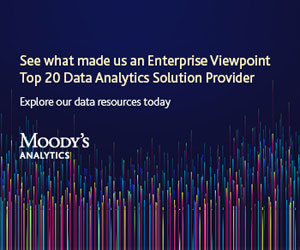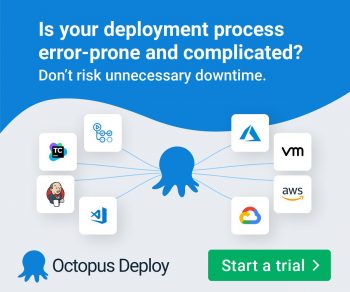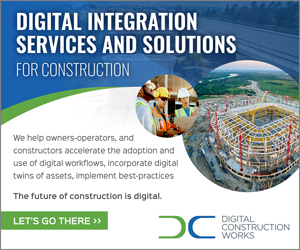With their automation estates extending into the hundreds and their total cost of ownership and operational expenses on the rise, a growing number of banks are now focusing on re-platforming from legacy robotic process automation (RPA) tools onto newer generation, cloud-based solutions.
And why not? Re-platforming, after all, offers a wide array of advantages over legacy systems, from reduced costs and improved RPA governance to the opportunity to achieve scale and automate more complex, end-to-end processes. But while it’s hard not to get excited at the prospect of upgrading automation tools, banks often forget a critical step in shifting to a new RPA solution: assessing and analyzing the automation estate they already have in place.
Before ever considering what RPA platform (or platforms) represents the best fit for the organization, banks need to know exactly what is contained in their current automation estates. This process begins with the recognition that their automation practices started years ago on the legacy tech they initially adopted. Unfortunately, that likely means the process design documents that served as blueprints to design and deliver those automations are either outdated or missing or were never written down in the first place. Missing too are the subject matter experts who helped to put those automations together and who by now have moved on to new positions – taking all of that institutional knowledge with them.
A significant pain point with nearly all automation programs is the absence of governance. That is most evident in the lack of cataloging or digitally documenting automations in a single, centralized source. All of that leads to a scary, but accurate scenario, namely that many banks don’t even know what exists in their automation estates. Facing that reality, re-platforming provides banks with the opportunity to finally digitize their automations and at long last have an accurate visualization of exactly what is contained in their automation portfolio.
Re-platforming also provides banks with an excellent opportunity to examine each automation in their entire portfolio, determine which ones are working and which aren’t, and ultimately drop whatever automations are failing to deliver on the value expected.
Most organizations find that, on average, about 30% of their automations are either redundant or failing to deliver value. That 30% represents a premium that banks are paying in terms of maintenance and licensing costs that could easily be eliminated. In doing so, banks will reduce their operational expenses, while simultaneously enabling their other automations to become more effective.
To provide an example of what that can mean in terms of dollars, one institution recently analyzed more than 300 automations in their estate and found that one problematic automation was costing them more than $300,000 in licensing fees and another $1.3 million in maintenance costs while delivering only $150,000 in business value. With that cost-benefit analysis in hand, the decision to retire that bloated expense rather than re-platform it was an easy one.
Sadly, too many banks skip that kind of assessment before moving forward with re-platforming and simply shift those ROI-wasting processes and their redundancies to the new platform.
Once the analysis of the bank’s automation estate is complete, it will be in a better position to make an informed decision as to whether it makes sense to re-platform at this time and, if so, which intelligent automation solution should be used. If the decision is made to re-platform, the automation estate assessment provides the insight needed to determine which automations should be re-platformed, which should be retired, which should be optimized first, and where it makes the most business sense to redeploy them according to the organization’s objectives.
Bottom line: Before getting too caught up in the whirlwind of re-platforming, banks should make certain they take stock of their automation estate, assess what should be re-platformed and what should be optimized or retired, and ultimately decide if re-platforming is right for them.
As President and Chief Executive Officer at Blueprint Software Systems, Dan Shimmerman is responsible for establishing Blueprint’s Business Transformation Platform as the foremost solution that helps large enterprises understand how work is getting done today, so that they can improve it as efficiently and cost-effectively as possible. With a passion for helping organizations to more efficiently design and build digital solutions that drive their digital transformation and the achievement of business goals, Dan has a proven track record of success in delivering strategic vision, execution, and value for all stakeholders. Prior to joining Blueprint, he was the President and CEO of Varicent Software, a global provider of sales performance management solutions that was acquired by IBM in 2012.For more information, visit https://www.blueprintsys.com/out time you ha












